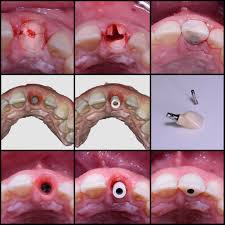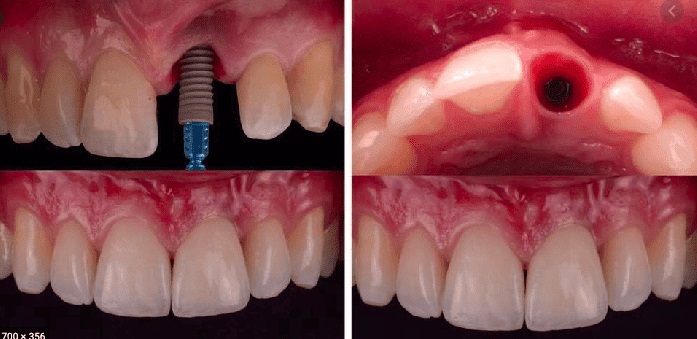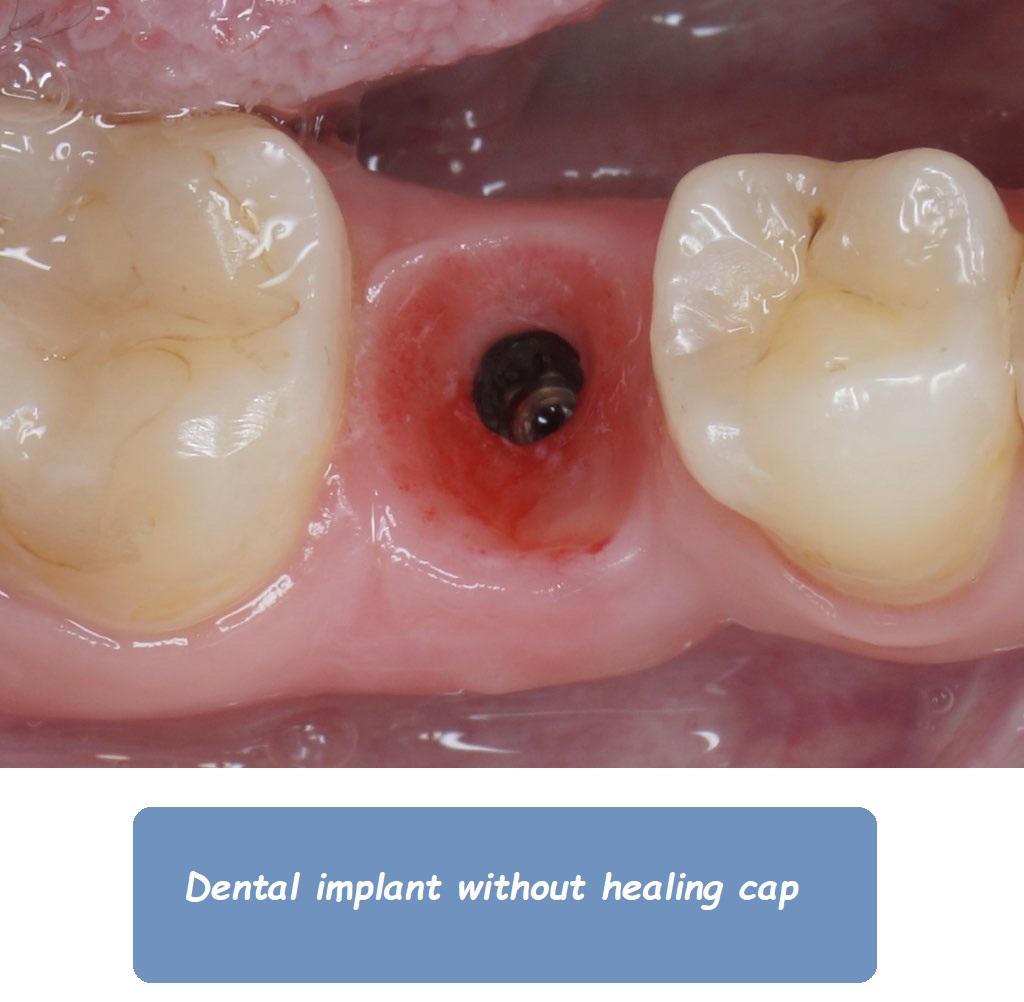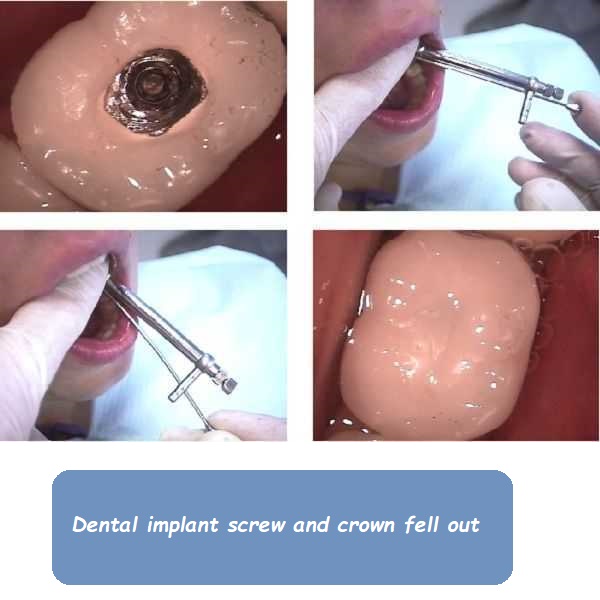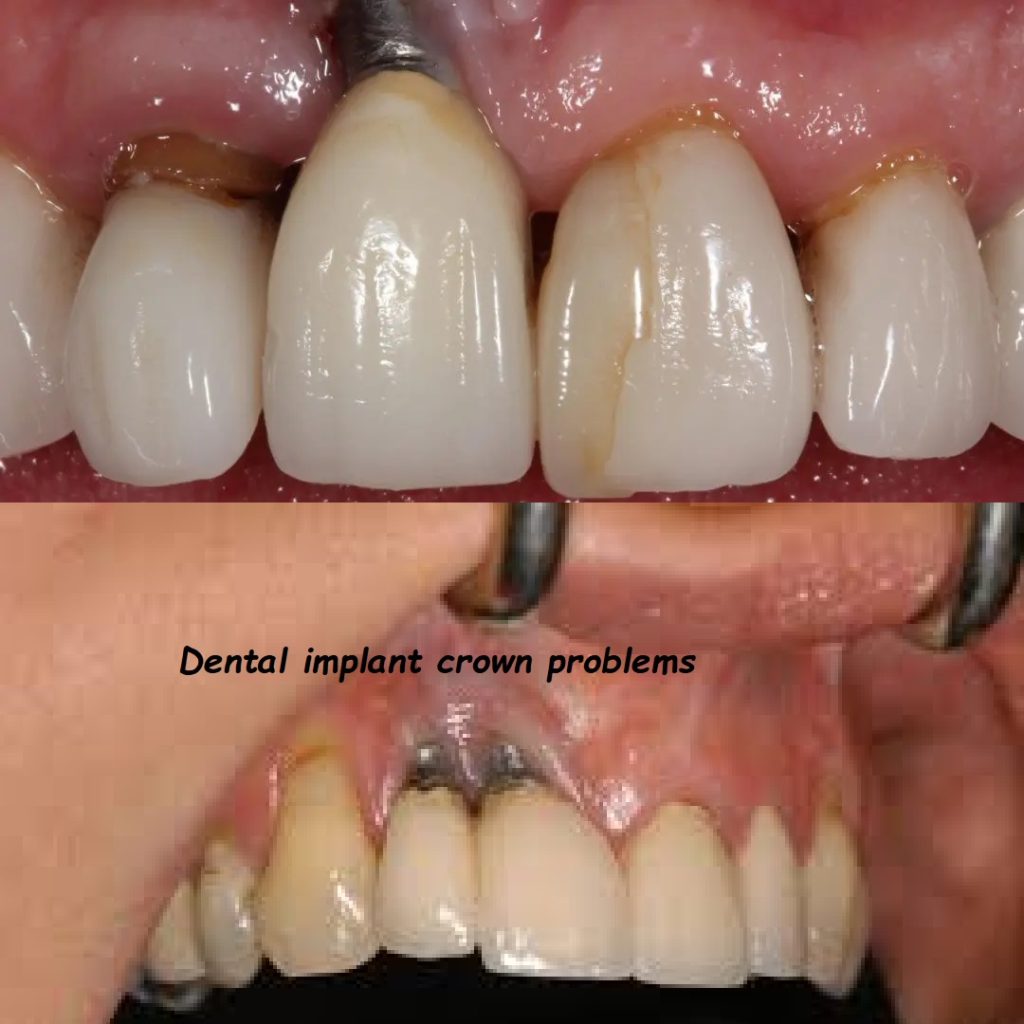Osteoporosis and Dental implants
Osteoporosis and Dental Implants: What You Need to Know
Osteoporosis is a condition characterized by weakened bones and decreased bone density, which can have significant implications for dental health and dental implant success. This comprehensive guide explores the relationship between osteoporosis and dental implants, including challenges, considerations, and strategies for ensuring successful outcomes.
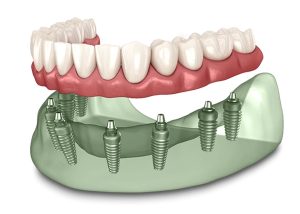
Understanding Osteoporosis
Osteoporosis is a systemic condition that primarily affects the bones, making them more fragile and susceptible to fractures. It is more common in older adults, particularly postmenopausal women, but can affect anyone. The decreased bone density associated with osteoporosis can have a direct impact on the jawbone, which is critical for the support and stability of dental implants.
Impact of Osteoporosis on Dental Implants
- Bone Density and Healing:
- Bone Quality: Adequate bone density is essential for the stability of dental implants. Osteoporosis can compromise the quality of the jawbone, making it less ideal for implant placement.
- Healing Process: The success of dental implants relies on a process called osseointegration, where the implant fuses with the jawbone. Osteoporosis can slow down or impede this process, increasing the risk of implant failure.
- Increased Risk of Complications:
- Fractures: Weakened bones are more prone to fractures, which can complicate implant placement and healing.
- Implant Stability: Implants placed in osteoporotic bone may lack the necessary stability, leading to potential loosening or failure over time.
Considerations for Dental Implants in Patients with Osteoporosis
- Pre-Treatment Evaluation:
- Medical History: A thorough review of the patient’s medical history, including osteoporosis diagnosis and treatment, is essential.
- Bone Density Testing: Bone density tests, such as DEXA scans, can help assess the condition of the jawbone and determine its suitability for implants.
- Medication Review:
- Bisphosphonates: Commonly prescribed for osteoporosis, bisphosphonates can affect bone healing and may increase the risk of complications such as osteonecrosis of the jaw. It is crucial to discuss the use of these medications with the dental implant specialist.
- Other Medications: Medications like hormone replacement therapy or selective estrogen receptor modulators (SERMs) may also impact bone health and should be considered in the treatment plan.
- Customized Treatment Plan:
- Bone Grafting: In cases of insufficient bone density, bone grafting procedures can be performed to enhance the quality and quantity of the jawbone. This involves transplanting bone tissue to the implant site, providing a better foundation for the implant.
- Sinus Lift: For implants in the upper jaw, a sinus lift may be necessary to create sufficient space and bone support for the implants.
- Implant Selection and Placement:
- Implant Type: Choosing the right type and size of implants is crucial for patients with osteoporosis. Implants designed for better stability in compromised bone may be recommended.
- Surgical Technique: Advanced surgical techniques, such as guided implant surgery, can improve precision and outcomes, reducing the risk of complications.
Strategies for Success
- Optimizing Bone Health:
- Calcium and Vitamin D: Ensuring adequate intake of calcium and vitamin D is essential for maintaining bone health and supporting the success of dental implants.
- Lifestyle Modifications: Regular exercise, particularly weight-bearing activities, can help improve bone density and overall health.
- Close Monitoring and Follow-Up:
- Regular Check-Ups: Regular dental visits are crucial to monitor the health of the implants and surrounding bone.
- Ongoing Assessment: Continuous assessment of bone health and density, especially in patients undergoing treatment for osteoporosis, helps in managing potential risks and ensuring long-term success.
- Collaboration with Healthcare Providers:
- Multidisciplinary Approach: Collaboration between the dental implant specialist, primary care physician, and endocrinologist can ensure a comprehensive treatment plan that addresses all aspects of the patient’s health.
- Medication Management: Coordinating with healthcare providers to manage osteoporosis medications effectively can mitigate potential risks associated with dental implants.
Conclusion
While osteoporosis poses challenges for dental implants, it does not necessarily preclude patients from benefiting from this treatment. With careful planning, thorough evaluation, and a multidisciplinary approach, patients with osteoporosis can achieve successful outcomes with dental implants. Understanding the impact of osteoporosis on bone health, optimizing bone density, and closely monitoring the healing process are key to ensuring the stability and longevity of dental implants, allowing patients to enjoy the functional and aesthetic benefits of a complete smile.



